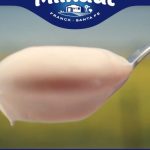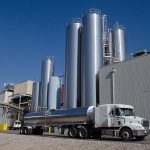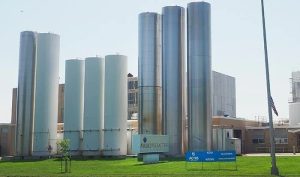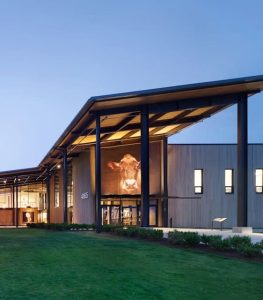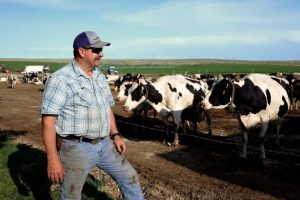
In the ever-evolving landscape of the dairy industry, producers are facing a multitude of challenges that make growth and expansion far from straightforward. Stephen Cain, Senior Director of Economic Research and Analysis for National Milk Producers Federation (NMPF), highlights some of these hurdles, emphasizing the complexity of the situation.
“The cost of heifer availability and heifer placement is a challenge. The cost of capital for expansion is a challenge,” he says. “When you have interest rates that are incredibly high, it is a challenge to make that investment grow and expand, even if there’s appetite for it.”
Financial Constraints
One of the significant obstacles Cain mentions is the high costs associated with heifer availability and placement. Coupled with the financial barriers that are compounded by the elevated interest rates make capital for expansion harder to justify and obtain. Even though there may be a desire for growth among producers, these financial constraints act as significant deterrents.
While milk prices have increased the last few months, Cain argues that when you look at Dairy Margin Coverage (DMC), it does not paint the full picture of the operational challenges facing dairy farmers.
“The other input costs are still incredibly high, and we have seen a tremendous amount of inflation in the input sector,” he says.
The Beef Industry’s Impact
Adding another layer to the dairy industry’s complexity is the current state of the beef industry. According to Sarina Sharp, an analyst with the Daily Dairy Report, the beef industry is currently experiencing a shortage of young stock, a situation expected to persist for at least the next 18 months.
“If this margin holds, a 1,000-cow dairy that produces crossbred bull calves can expect to earn about $100,000 more in 2024 than it would selling Holstein bull calves. High beef calf prices are sending a clear signal to the dairy industry to make more beef calves and fewer dairy heifers,” Sharp states. “And the industry is listening.”
This shift towards producing more beef calves instead of dairy heifers is a strategic response to the market signals, indicating a potential pivot in how dairy producers might manage their herds and business models in the near future. The higher financial return from beef calves, as projected by Sharp, underscores the economic incentives driving this change.
This all adds to Cains point that even if dairy producers want to expand and grow, finding cattle and securing capital might be easier said than done.
You can now read the most important #news on #eDairyNews #Whatsapp channels!!!
🇺🇸 eDairy News INGLÊS: https://whatsapp.com/channel/0029VaKsjzGDTkJyIN6hcP1K

